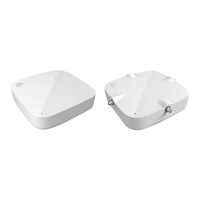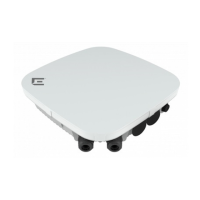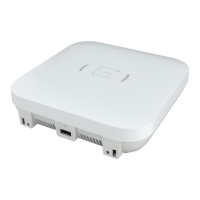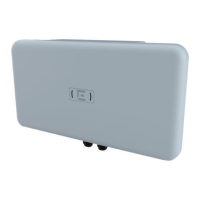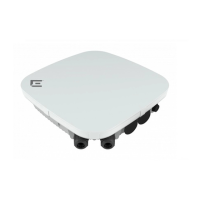Installation Guide 25
• PPPoE Settings - Optionally enable Point-to-Point Protocol over Ethernet
(PPPoE) on the WAN network. If PPPoE is enabled, provide the required Auth
Type, Login Name and Login Password. Server Name and Default Gateway are
optional settings. PPP is a data-link protocol for dialup connections allowing an
Access Point to use a broadband modem (DSL, cable modem, etc.) for access to
high-speed data and broadband networks. Most DSL providers support (or
deploy) the PPPoE protocol. PPPoE uses standard encryption, authentication,
and compression as specified by the PPPoE protocol. PPPoE enables the Access
Point to establish a point-to-point connection to an ISP over an existing Ethernet
interface.
• Static IP / Mask - Specify an IP address for the WAN connection if using static
address assignment for the WAN port. An IP address uses a series of four
numbers defined in dot notation, for example, 190.188.12.1. Additionally, specify a
Mask for the access point’s WAN connection. This number is available from the
ISP for a DSL or cable-modem connection, or from an administrator if the Access
Point connects to a larger network.
• Primary/Secondary DNS/Default Gateway - If using a static IP or DHCP, enter the
Primary and Secondary DNS server resource’s numerical IP address and Default
Gateway.
12. Select Apply to implement the updates.
13. Expand the Configuration menu item and select Access Points. Each AP Name
displays as a link that can be selected to update the configuration of that specific
Access Point. Select a target AP Name link from amongst those displayed in the
Access Points screen.
NOTE If segmenting traffic between the Access Point’s WAN and
LAN, you’ll need to create a VLAN. Complete steps 13 and
14 to define the required VLAN. Otherwise, proceed to step
15.
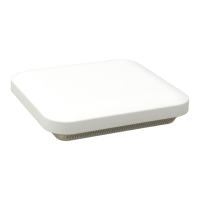
